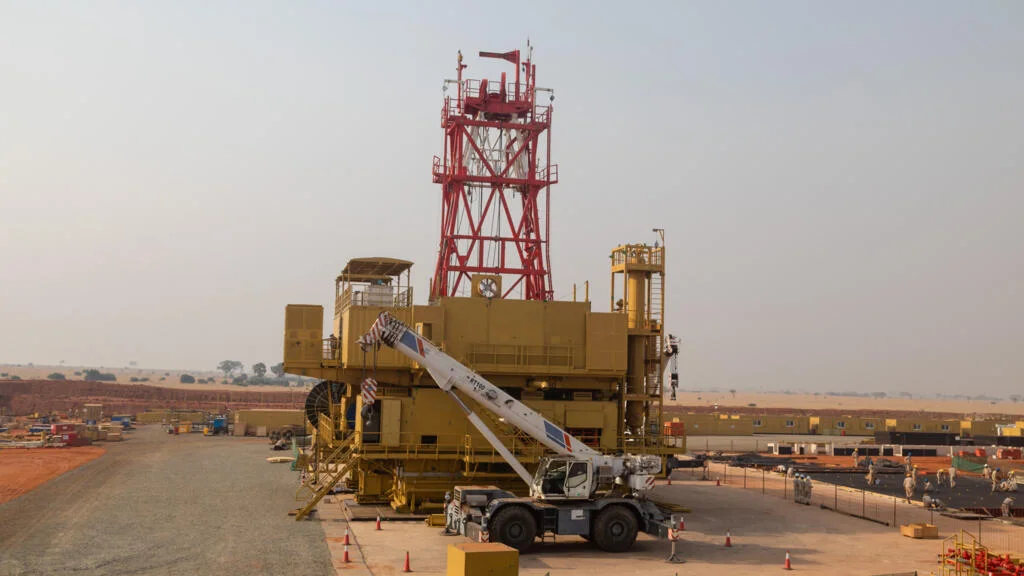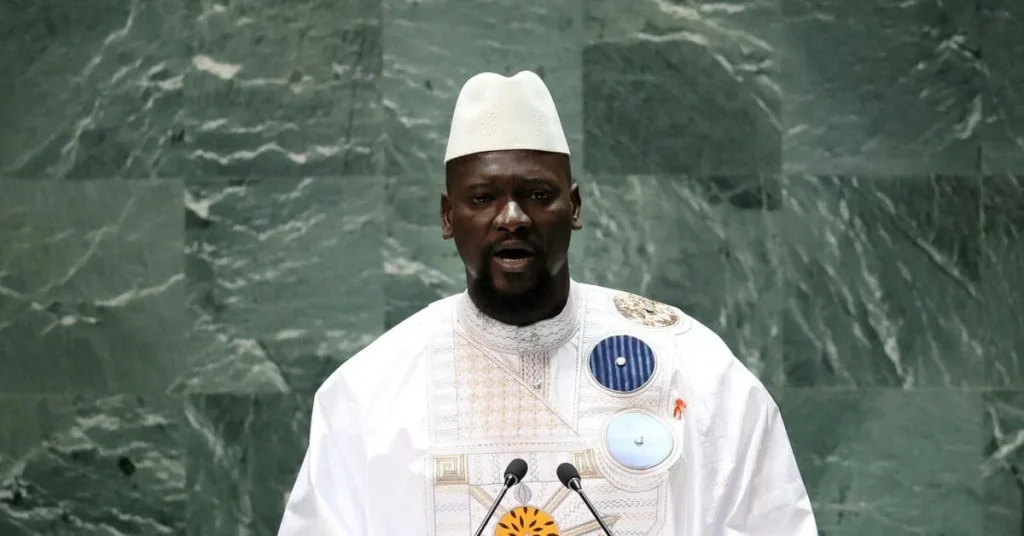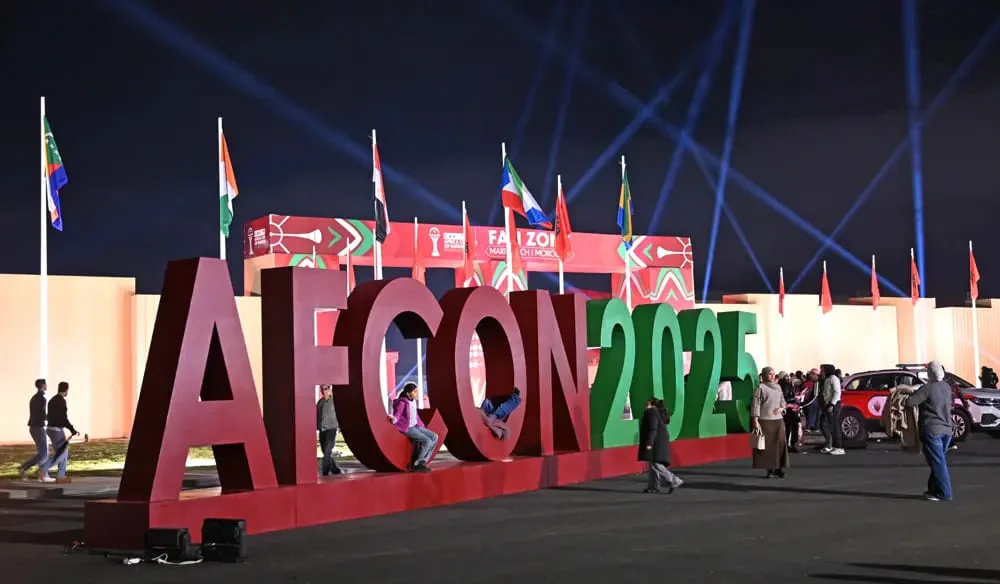Murchison Falls National Park, a protected site under the International Union for Conservation of Nature (IUCN), is Uganda’s most visited park, spanning 3,840 km² and home to 144 mammal species, over 500 bird species, and diverse reptiles and amphibians, including lions, elephants, giraffes, and antelopes.
The park’s ecosystems, intertwined with the Nile River and adjacent forest reserves, face significant threats from TotalEnergies’ Tilenga oil project, which involves drilling in 10% of the park’s area.
Conservation NGOs and civil society groups, such as the Africa Institute for Energy Governance (AFIEGO), warn that oil extraction could devastate this biodiversity hotspot, with AFIEGO’s manager Dickens Kamugisha emphasizing the need to protect the Nile as a critical resource.
TotalEnergies’ Mitigation Claims
TotalEnergies, allocated less than 1% of the park for operations, claims to prioritize minimal environmental impact through measures like horizontal drilling, limiting drilling zones to 10 platforms with approximately 130 wells.
Pauline Mac Ronald, Total’s Environment & Biodiversity Manager in Uganda, stated that this technique reduces surface disruption compared to vertical drilling.
The company also pledges a “net positive impact on biodiversity,” including initiatives to increase chimpanzee populations and reintroduce black rhinos. Infrastructure, such as traffic corridors, is designed to facilitate animal movement, and platforms are positioned to minimize visual impact.
Expert and NGO Concerns
Despite these assurances, experts like Bill Powers from E-Tech International argue that 10 drilling platforms are excessive, advocating for a single platform outside the park, a solution Total deems technically unfeasible.
A 2017 WWF report highlighted risks from a large paved road crossing the park and warned that the East African Crude Oil Pipeline (EACOP) could encourage further oil exploration, exacerbating environmental damage. Planned projects, including an airport and refinery, heighten these concerns.
The pipeline’s route near Lake Victoria, a fragile ecosystem supporting 40 million people, raises fears of catastrophic spills, as noted by the World Bank and NGOs.
EACOP Pipeline and Regional Impact
The EACOP, the world’s longest heated pipeline, will transport viscous crude oil from Uganda to Tanzania’s Tanga port, crossing sensitive areas like the Burigi-Biharamulo region, home to chimpanzees and elephants.
Tanzanian Energy Minister January Makamba denied that the pipeline crosses national parks, claiming it avoids protected areas, but environmental activist Richard Senkondo counters that it will pressure endangered species.
Total’s Jennifer Nyanda, EACOP’s diversity coordinator, argued that the pipeline traverses degraded areas, like the Swaga Swaga reserve, where wildlife is already scarce due to agricultural activity.
The pipeline’s 30-meter-wide corridor will be buried, allowing vegetation regrowth, though deep-rooted trees are prohibited to prevent pipe damage.
Marine and Coastal Concerns
At Tanga, near the Coelacanth Marine Park, four large oil storage reservoirs and a two-kilometer jetty will be constructed, raising fears of ecosystem disruption.
Fisherman Rashidi Machuanafega expressed concerns about restricted access to fishing grounds and potential oil leaks harming marine life, including fish and coral reefs.
E-Tech’s Bill Powers noted that all pipelines are prone to leaks, challenging Total’s claim of robust safeguards against seismic risks and spills.
Social and Economic Impacts
The project affects over 100,000 people, with Total estimating 19,000 households impacted, including 769 requiring rehousing. Compensation disputes are rife, with farmers like Jealousy Mugisha criticizing inadequate payments and unfair processes.
In Tanzania, where land is state-owned, locals like Fatou Mabdala report receiving insufficient compensation for lost agricultural income. Activist Maxwell Atuhura argues that no compensation can replace lost livelihoods.
TotalEnergies insists it adheres to transparent payment scales and respects human rights, but delays and low valuations fuel local discontent.
Climate and Emission Controversies
Total claims EACOP will emit 13.5 million tonnes of CO2 over 20 years, significantly below the African average of 33 kg CO2 per barrel.
However, the Climate Accountability Institute’s Richard Heede argues that Total underestimates emissions by focusing only on construction, ignoring refining and end-user impacts, which account for 98.2% of the project’s greenhouse gas footprint.
Total disputes this, excluding end-user emissions from project-specific calculations.
Local Hopes and NGO Resistance
Some locals, like Amina in Poutini, hope the project will bring jobs and infrastructure funding, as suggested by Ugandan official Fred Kabagambe Kaliisa.
However, NGOs, viewed by some as obstructing economic progress, argue that environmental costs outweigh benefits.
Activist Baracka Lenga warned that the project exacerbates climate change impacts, like reduced rainfall, threatening rural livelihoods dependent on agriculture.






